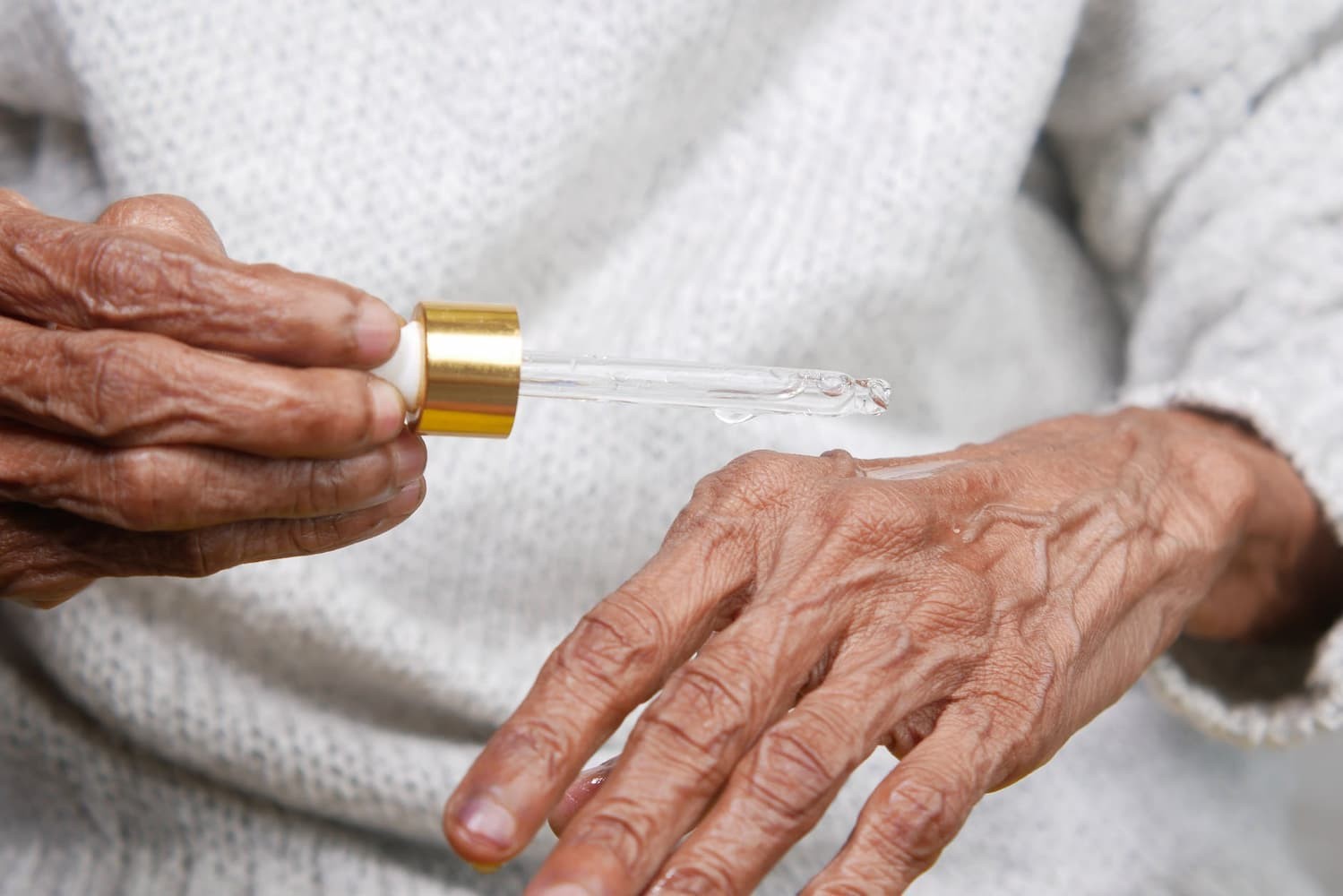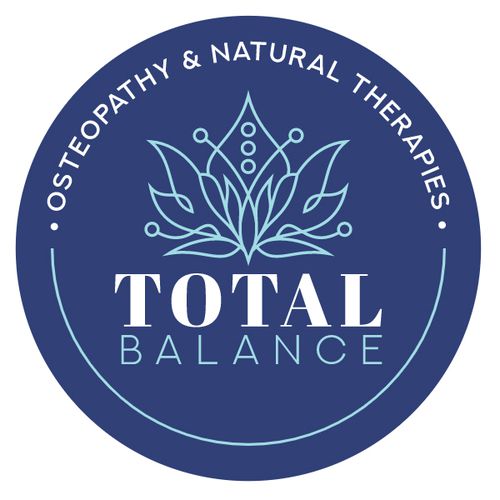
While we often think of arthritis as a single disease, over 100 different types of arthritis have been identified. An understanding of what arthritis is and some of the myths surrounding the disorder can help you find the right natural therapies for alleviating the symptoms of existing arthritis and perhaps even prevent it from occurring.
What is Arthritis?
"Arthritis" is derived from two Greek words, "arthro" (joint) and "itis" (inflammation) and basically, that is exactly what it is: joint inflammation. A related word, "rheumatism" is actually not a separate condition, but an older term for essentially the same general condition when it affects a number of areas of the body simultaneously. "Rheumatism" means, "resembling rheumatic fever," a disease that causes crippling joint inflammation.
One of the most misunderstood aspects of arthritis is that it is believed to be an age-related disease only. In fact, according to Arthritis Australia, of the estimated 3.8 million Australians who suffer from a type of the disease, 2.4 million are of working age and juvenile arthritis is not uncommon.
People with arthritis experience joint stiffness, pain, swelling and restricted movement. Different types of arthritis are classified according to which tissues are affected and the symptoms present, but are all painful conditions.
Types of Arthritis
Arthritis is not just one disease but a group of more than 100 different diseases that cause pain, stiffness and swelling in joints. Of the more than 100 types of arthritis, some of the most commonly found forms of the disease include:
- Ankylosing spondylitis is primarily felt in the lower back. Its symptoms include pain in the back, stiffness of the spine and inflammation around the affected joints.
- Gout is caused by high levels of uric acid, which lead to crystal deposits in the joints. Uric acid crystals are waste products that form when the liver breaks down purines, a natural chemical compound found in some foods. Symptoms of gout include sudden onset of pain, swelling, stiffness, warmth, redness or tenderness in one joint, which is worse at night. It also causes fatigue and decreased appetite. If too much uric acid builds up in your joints you could even develop kidney stones or gout arthritis, which includes pain in the big toe, foot or knee.
- Lupus, or systemic lupus erythematosus (SLE), is an autoimmune disease that attacks the healthy cells and tissue in your joints, hence causing inflammation. You may develop lupus either just on its own or along with other types of autoimmune diseases like Sjogren's Syndrome. Common symptoms include widespread pain, fatigue, fever, swollen glands under your jaw or in your neck, pain when swallowing, skin rashes that come and go like sunburn, red scaly patches on your arms, legs or face, and hair loss. A person suffering from this form of arthritis may also experience joint pain after moving around too much, jaundice (yellowing of eyes or skin ), weight loss and Raynaud's phenomenon, which affects the blood vessels in the fingers and toes, causing them to turn blue in cold weather.
- Sjogren's syndrome is a type of arthritis caused by the immune system attacking its own cells that make saliva and tears. It affects your salivary glands along with other types of tissue, including blood vessels and skin. Symptoms include dry eyes and mouth, fatigue, fever, painful or stiff muscles, pain in one or more joints for at least 6 weeks, redness or warmth in some joints, morning stiffness that lasts for more than 30 minutes, and potential swelling in one or more joints.
- Rheumatoid arthritis is another autoimmune disease that increases the risk for developing chronic conditions. Unlike lupus, which can display a number of other symptoms, rheumatoid arthritis only exhibits joint symptoms. It is a degenerative arthritis as it causes disability in adults due to joint damage, particularly in the synovial joints that allow your body to move around freely. People with rheumatoid arthritis experience joint pains, redness, warmth in some joints, fatigue, morning stiffness, loss of appetite, chills, fever, painful or stiff muscles. Researchers say most people with rheumatoid arthritis are over the age of 50. Other risk factors include smoking, heart disease, liver disease, having one or more autoimmune conditions, as well as having family members with the condition. This
- Enteropathic arthritis is a type of arthritis that attacks the knee joint and hips as well. Symptoms include painful joints, fatigue, fever, swollen glands in your jaw or neck, pain when swallowing, recurring skin rashes, red scaly patches on your arms, legs or face, hair loss, Raynaud's phenomenon, jaundice and sudden drop in weight.
- Reactive arthritis is triggered by certain types of bacteria that cause food poisoning or sexually transmitted infections. Also called Reiter's syndrome, it most often affects the lower part of your large intestine, urinary tract, joints, skin and eyes. This inflammatory arthritis is characterised by severe pain in the affected joint, along with redness, swelling and warmth in and around the area. In reactive arthritis, the large joints of the lower limbs and the sacroiliac joints are most often affected.
- Psoriatic arthritis affects people who have psoriasis as well as those who don't. Psoriasis is a condition that causes red, scaly patches to appear on your skin and sometimes in other places like your nails and joints. Psoriatic arthritis symptoms are the same as those who don't have it with one addition: excessive physical activity can cause painful and swollen joints. Symptoms include sore or stiff muscles, pain in one or more joints for at least 6 weeks, fatigue, fever, painful or tender lumps under your skin (psoriasis), nail problems, such as discolored nails or nails that crumble apart, swollen fingers that may be warm to touch and weight loss.
- Juvenile rheumatoid arthritis, otherwise known as juvenile idiopathic arthritis (JIA), is a category for types of arthritis that can affect children under 18 years old. One or more joints may be swollen and tender, but not always. Kids with types of juvenile idiopathic arthritis often have periods when their symptoms go away for weeks, months or even years at a time. Some children with juvenile arthritis outgrow the illness, but adults with arthritis usually experience symptoms throughout life.
- Osteoarthritis is the most common type of arthritis that affects around 2.2 million Australians. This joint disease causes pain and stiffness in your joints over time as your bones' protective cartilage wears away. Eventually, the loss of healthy tissues can lead to significant pain and disability if left untreated or unmanaged. The majority of the adult arthritis community cannot suffer from this type of arthritis, which hinder them from performing their usual everyday activities.
- Posttraumatic arthritis results from a joint injury caused by external factors, such as an accident. It is characterized by swelling, joint pain and difficulty walking or climbing stairs, as well as difficulty carrying out everyday tasks.
Arthritis can have a number of causes, often unknown for specific types of arthritis. However, experts suggest that hereditary factors, viral infections, stress, hormones and even sunlight play a role. A previous injury, which may not appear to be serious, can cause arthritis to occur in specific joints in the body. That said, knee pain, or any kind of pain for that matter, should not be ignored.
Although there is no cure for arthritis, there are several treatment options that can help alleviate arthritis pain and ultimately prevent disease progression. But first, people with arthritis must undergo diagnostic testing to identify the root cause of their intense pain. Diagnostic tests can also rule out other medical conditions.
Treatments for arthritis can vary depending on the type of arthritis you have. It is important to take care of yourself by maintaining a healthy diet rich in fruits and vegetables and avoiding sugary drinks and processed foods. Exercising regularly, getting enough sleep and avoiding stressful situations are also key to ensuring healthy bones, as well as keeping an arthritic knee or hip at bay.
If you have been diagnosed with some type of arthritis, your main goal should be to keep your joints mobile and as pain-free as possible. Some ways you can do this is by staying active, using assistive devices to help you move around, maintaining a healthy weight, performing exercises that don't put too much stress on your joints and taking any medications prescribed by your doctor. Cold packs and physical therapy are also effective treatments for pain.
If you or someone you know is suffering from the symptoms of arthritis, contact a health professional in your area immediately. Early intervention is the best way to prevent mild arthritis from developing into something more severe.
Originally published on Jan 09, 2012








